Many North American birders and photographers fawn over the majesty and beauty of birds of prey. From the soaring raptors and eagles, to the swooping and diving falcons, to the deft and agile accipiters, and of course the ever popular owls, there remains one family of carnivorous songbirds whose ingenuity and skill is often overlooked.
Canada is home to two species of shrike, members of the Family Laniidae. The Loggerhead Shrike (Lanius ludovicianus), which is North America’s only endemic shrike species, and the Northern Shrike (Lanius excubitor), which is also known as the Great Grey Shrike, or Northern Grey Shrike in northern Asia and Europe.
While I’ve never had the luxury of visiting Africa, Europe, or Asia, who have a wide variety of shrike species in coloration and patterning, I do happen to live in an area of Canada that makes finding both of our native species regularly, and while most people may consider it a curse, the Prairie provinces are notorious for effectively having two seasons, as our winter comes on in early October, and holds on well into April, interspersed with a brief summer season. The advantage to this is that the summering and wintering grounds of these species (in Canada) rarely overlap, as shown by the eBird Range Maps for these species.
One advantage to this is that is makes them incredibly easy to tell apart. If you’re seeing a shrike in Canada in December, chances are really good that it’s a Northern Shrike, and if you’re seeing a shrike in Canada in July, it’s almost definitely a Loggerhead Shrike!
Shrikes are known more colloquially as “butcher birds”, named for their habit of catching prey items and impaling them on barbed wire or thorny bushes as a larder for to eat in leaner times. Northern Shrikes get as much as 50% of their dietary requirements from mammals, while Loggerhead Shrikes feed primarily on insects, though both are capable of taking down prey as large as an Ermine, or Short-tailed Weasel!
The Northern Shrike
The Northern Shrike has nine subspecies worldwide, though only two subspecies are found in Canada, the Lanius excubitor borealis, found in the Hudson Bay area (and the rest of eastern Canada), and Lanius excubitor invictus, found in Western Canada. The three features that really distinguish it from the Loggerhead Shrike are overall size, relative bill size, and the size and shape of the mask. The Northern Shrike is larger (23-24 cm) compared to the Loggerhead Shrike (20-23 cm), and has a larger bill, and a thinner black mask that does not cross over the upper mandible.
Immature Northern Shrikes can be distinguished from adults with their overall more brownish tones, and more distinct barring on the breast, compared to adults, which are the more typical shrike coloration of straight black and grey.
Northern Shrikes are considered a species of Least Concern by the IUCN, though in some parts of its range in Europe, it has been extirpated, blamed primarily on expanded and changing land use patterns in northern Europe.
The Loggerhead Shrike
There are ten identified subspecies of the Loggerhead Shrike, all populations of which are heavily declining. The Eastern Loggerhead Shrike (Lanius ludovicianus migrans), found in eastern Canada, is listed as Critically Endangered, and while there has been some efforts to stabilize and bolster the population, current estimates claim approximately 100 breeding pairs of this subspecies in North American. The subspecies found in Western Canada (Lanius l. excubitorides), is also heavily declining, though the family of Loggerhead Shrikes that I’ve found near Calgary the past two years seem to be a story of success, as last year there were only five individuals in early August, that number had more than doubled to eleven when I went searching for them this year!
One of the more noticeable features of Loggerhead Shrikes are their distinctly hooked bill, which has evolved for much the same purpose as that found in falcons and accipiters, to cut through the spinal cord of vertebrate prey and quickly incapacitate it. Without strong talons, these small carnivorous songbirds are heavily dependent on their bill in order to successfully hunt.
Thanks once again for reading, and good birding!
If you’re like to know more about the plight of Eastern Loggerhead Shrikes in Canada, you can read more at:
Bird Studies Canada’s page on Loggerhead Shrike Recovery
and the always incredible





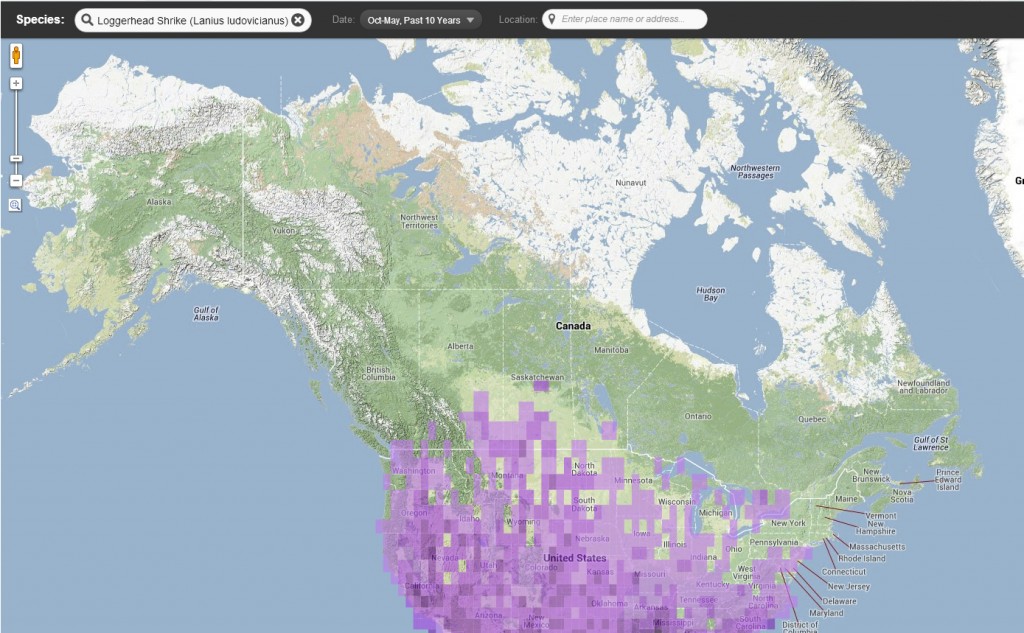
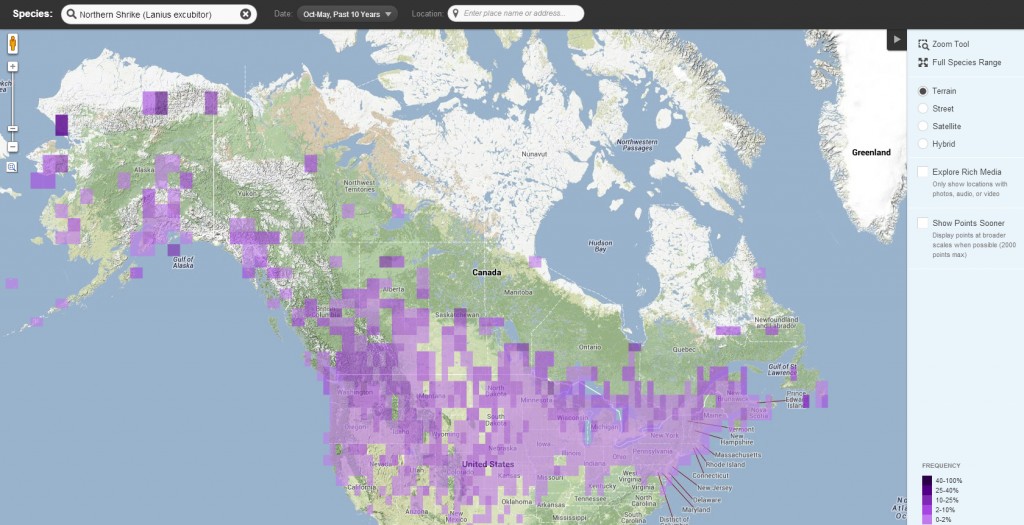


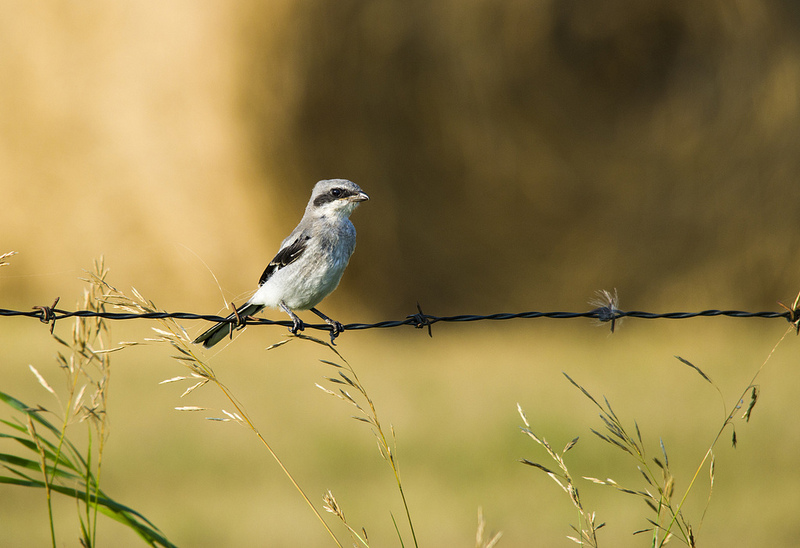
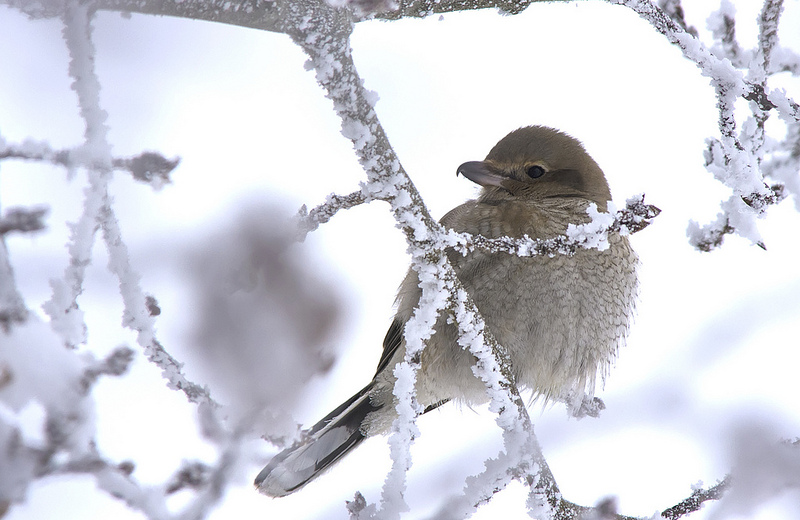
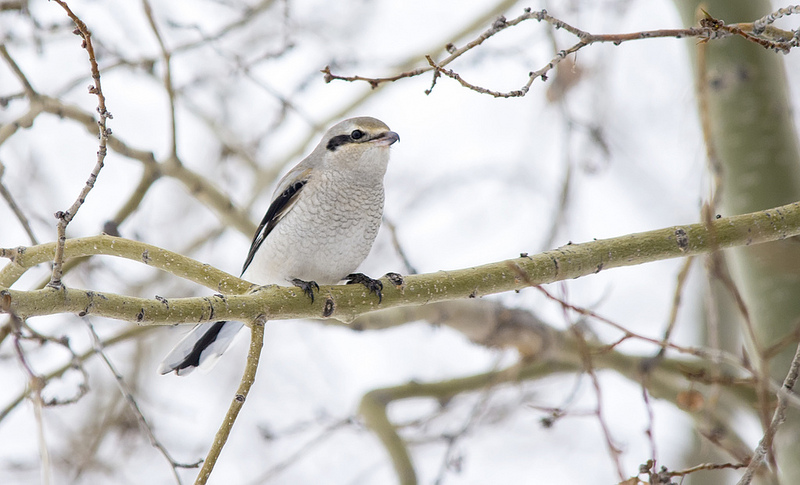

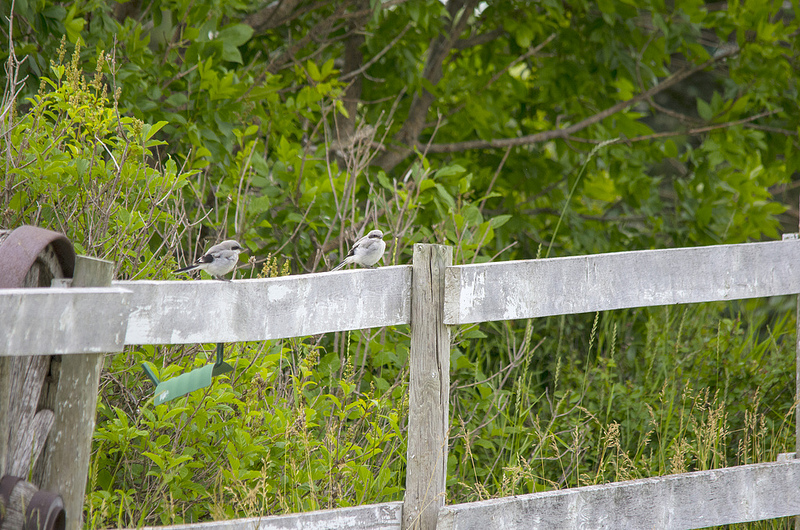
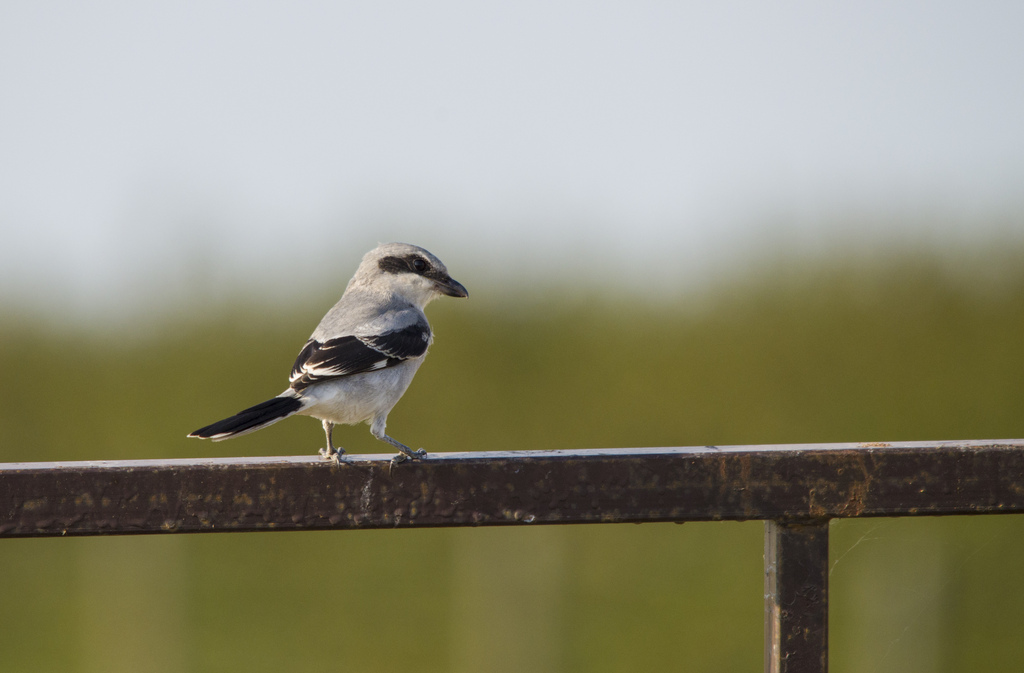
Pingback: Birding News #44 | Prairie Birder
Pingback: This Week in Birding 44 by Charlotte Wasylik | Nemesis Bird